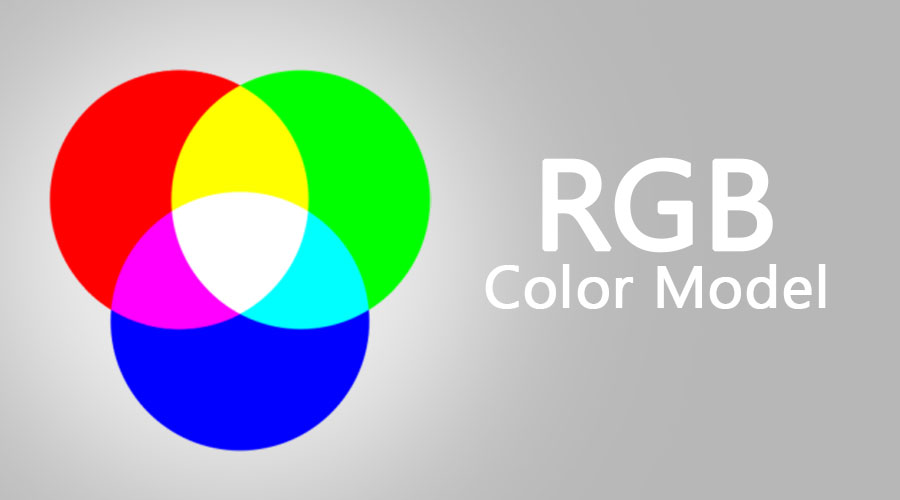When it comes to website designing, color is one of the most powerful tools. Use it to attract attention, express meaning, create desire, drive conversions, and even earn the loyalty of a customer by demonstrating your expertise in the field. In the same way, layout and copywriting can affect how a visitor interprets what they see when done correctly, good color choices require careful planning. Some of the most basic colour principles in website design have been broken down for your convenience, so you can better understand how you can use color schemes for websites wisely in your business to maximize results.

Color schemes for website design:
Choosing the proper color schemes for website’s design is critical to its success. Color schemes for websites can be your most effective weapon for eliciting a response from your intended audience. Color schemes for websites can be used to evoke emotions in your visitors or to encourage them to act on a call-to-action on your website. Color schemes for websites help humans process and store images more efficiently than colorless (black and white) images, which can improve brand recognition and encourage visitors to take action on your site. Color schemes for websites can influence subconscious judgment, thus your palette must not contradict your brand’s concept.
The Anatomy of Color
Learning the fundamentals of color schemes for website development theory is a great place to start. It’s a little complex, but it’ll help you learn the fundamentals of color connections. To be exceptional at colour picking, you must first understand the principles and ideas, therefore here’s a basic sketch.
How to Pick Color Harmonies
Using the color wheel and applying analogous, monochromatic, complementary, and triad colour harmonies is the simplest way to choose a color blend or palette.
Color Models:
Color models are used to describe colors. Because there are literally millions of hues and remembering their names is impractical, color models or standards were created to assist us in describing them.
The RGB Model:

When working with screen-based designs, the RGB model is employed. Each of the light colors, Red, Green, and Blue, is given a value between 0 and 255.
The CMYK Model:
For print production, the CMYK model is used to describe colors by their percentages of Cyan, Magenta, Yellow, and Black. The color model CMYK is regarded as a “subtractive” color model.
The LAB Model:
The color model in the lab is a little more complicated. It is made up of three components: the lightness component (L), which ranges from 0 to 100, the “a” component, which comes from the Adobe Color Picker’s green-red axis, and the “b” component, which comes from the Adobe Color Picker’s blue-yellow axis.
Understand What Each Color Stands For
The color scheme should be appropriate for the products and services you’re promoting. As previously said, it is critical to associate your product or service with a color schemes for website that is appropriate for your industry.
- The color red is both powerful and appealing. It works well for websites that focus on children’s items and use a “Book now” or “Reserve now” button or call-to-action to urge users to take action. Emotion is evoked by the color red.
- The color orange is commonly used on food-related websites. It has been shown to improve positive thinking and creativity. The color appeals to a younger audience as well. The colour orange is used by a number of professional firms.
- Yellow is a color associated with joy and inventiveness. It intrigues children and is used on websites that sell recreational goods. Yellow, on the other hand, can strain the eyes and is best employed as an accent color in most circumstances.
- Green is a color that appeals to the human eye. It’s ideal for tourism sites and natural-themed websites. Green is a color that represents riches and prosperity. Green is also a popular corporate color since it evokes trust.
- Blue is a traditional color with a high level of trustworthiness. It has a reputation for calming the nervous system. It’s appropriate for websites that sell high-tech products, as well as nutrition and diet products. Many people make the mistake of using blue as a font color. Because it is not a typical color for the human eye to read, it should be avoided.
- For websites about photography and art, black is a good choice.
- Purple is commonly found on religious and vacation websites.
Tips on How to Select the Right Colors for Your Website
It’s one thing to understand color theory; it’s quite another to select a vibrant colour palette. Begin with what you already know.
Start with your brand colors if you already have a business, and then think of new colors to incorporate to complement your brand.
Your Target Audience: The colors you choose must also convey the feelings that your company wishes to convey. Determine who your target demographics are and what colors they prefer.
Color trends provide good insight when building your websites and aid in the creation of a fresh and effective website.
Emotional: Consider what kind of emotion you want your visitors to feel when they visit your website.
Study the color harmonies; while choosing a color palette, you’ll normally start with the dominating color. Then you build up your color palette layer by layer. Darker color schemes for websites are more likely to be noticed first and provide more visual weight, before layering or introducing lighter colors.
Conclusion:
Colors are all around us, and when used correctly, they may elicit any feeling or action from your audience. While colors are an important part of web design, they are not the only option. When it comes to website design, color theory is just one of many factors to consider.
Now you understand how color schemes for websites can make your brand stand out and connect with your audience on your website and in your logo.
Color is a passionate expression of a person’s individuality. It has a strong impact on the audience’s emotions and behaviors, and it can cause viewers to unconsciously reveal sentiments and thoughts. You may make an impression and affect the human mind to benefit your business if you have this expertise. Use color psychology as a guide, but don’t be afraid to believe in your artistic ability to choose the best color schemes for websites. You can also check best color schemes for pharmaceutical websites.



